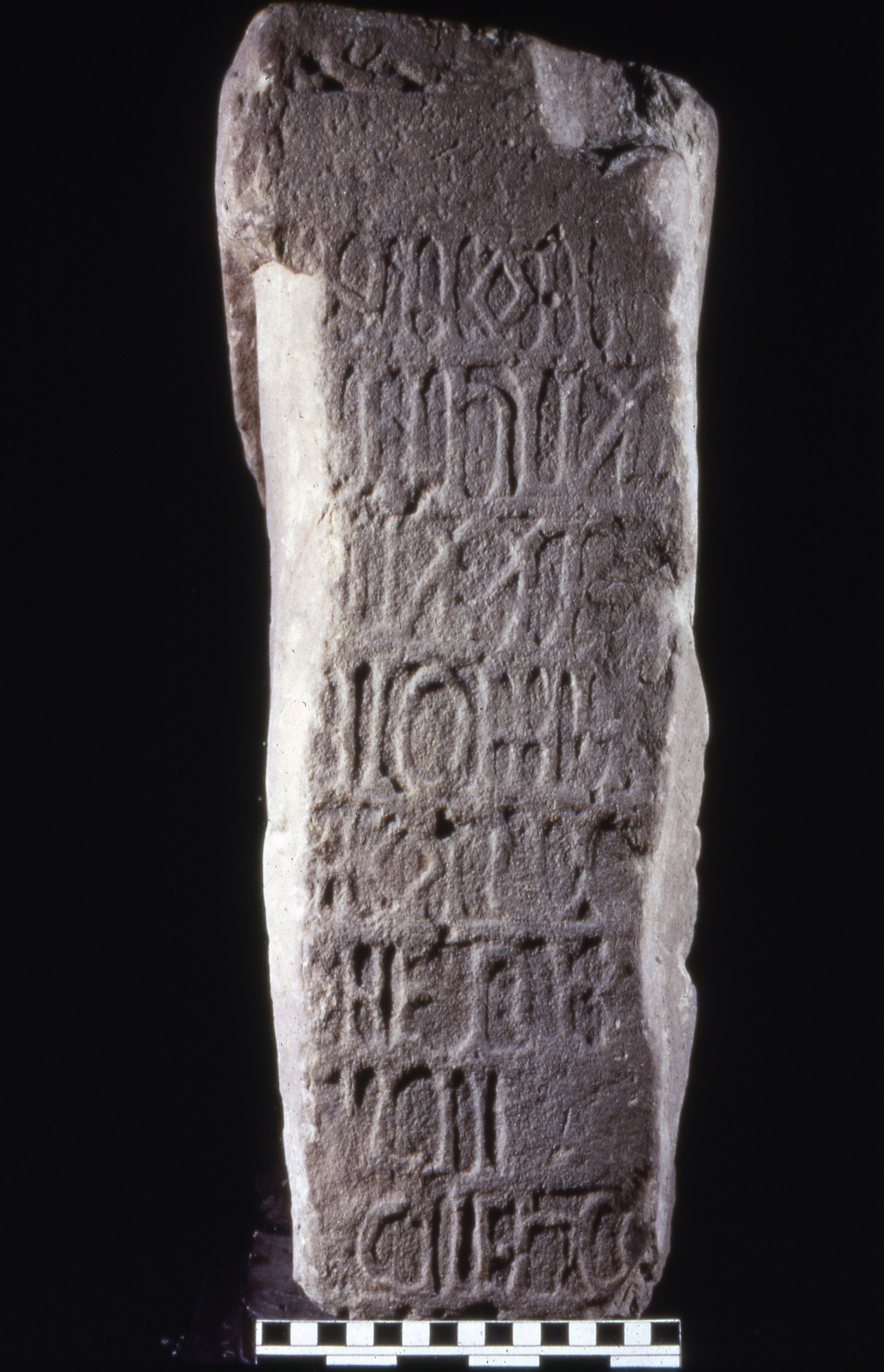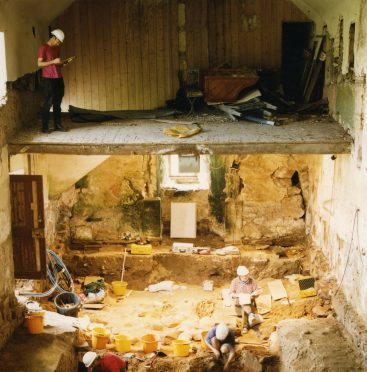An Easter Ross village was one of the leading centres of modern thinking and quality art in Europe, it has emerged.
Historians have uncovered evidence showcasing Portmahomack as a bedrock of “sophisticated settlements inhabited by intellectual leaders and master craftsmen”.
Lengthy research has found that between the sixth and the 16th centuries, the fishing village was reinvented respectively as an elite settlement, a monastery, a Viking trading place and a medieval township.
In 1994, Portmahomack became the subject of one of the largest excavations ever on mainland Scotland.
In a definitive book – Portmahomack on Tarbat Ness, Changing Ideologies in northeast Scotland – the project’s directors have shown how its residents were “the most sophisticated sculptors in early Christian Europe”.
Project leader Professor Martin Carver said: “The Picts emerge from our excavations as prominent players in early medieval Britain.”
The research found that in the 8th century the area was refining techniques for the production of vellum and vessels of precious metal used in early Christian rituals.

Locally produced monument sculpture was “the most accomplished known anywhere in early Christian Europe,” according to the archaeologists involved.
The Portmahomack site is now recognised as the site of a previously unknown 8th century Pictish monastery.
In medieval times, the inhabitants turned their energies to arable farming, fishing and iron working.
The project was carried out by the University of York and field archaeology specialists FAS-Heritage Ltd, backed by Historic Environment Scotland, Highland Council, the lottery fund and National Museums of Scotland.
It was initiated by Portmahomack’s Tarbat Historic Trust.
